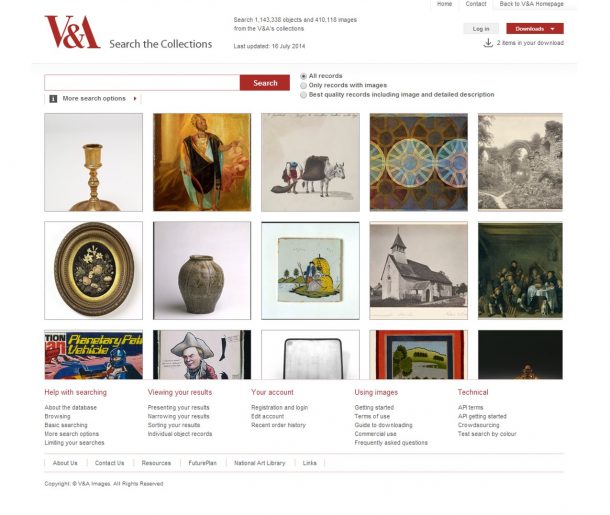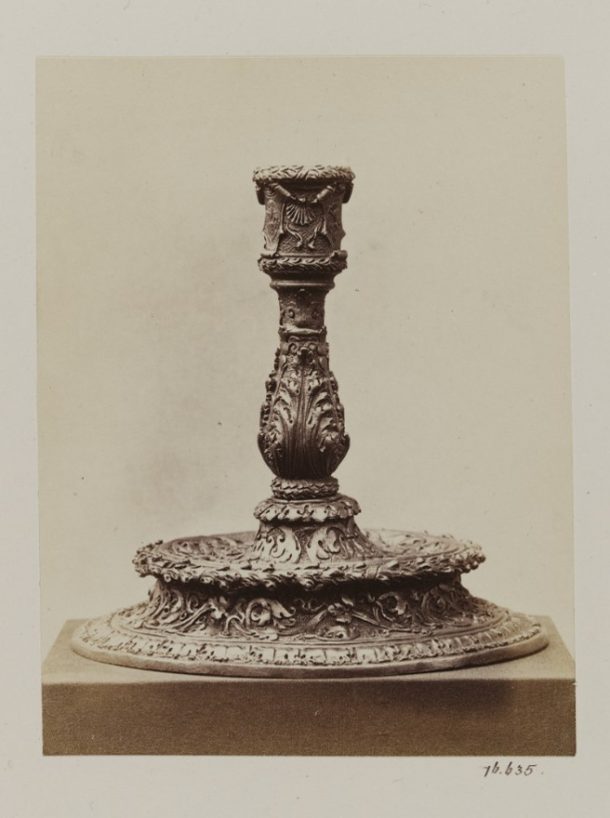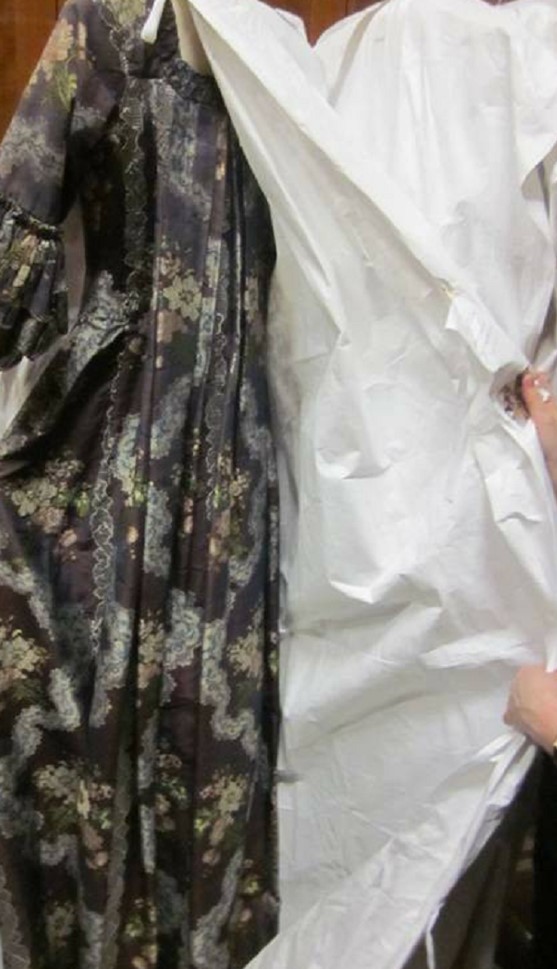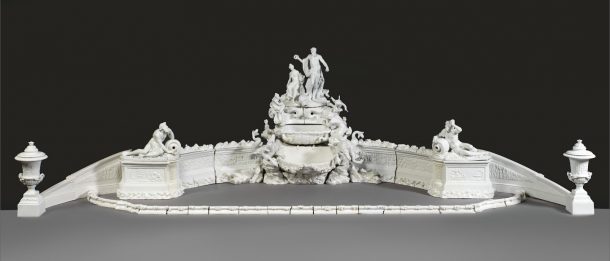Part of my job on the Europe Galleries project is to co-ordinate photography of the objects going in to the galleries. I need to ensure that, when the galleries open, there will be up-to-date, high quality photographs available for every single one of the 1000+ objects.

Most importantly for members of the public, it will be possible to view these images on Search the Collections – a database of museum objects accessible on the main V&A web site. These photographs can then be used for collections management, public access, exhibition catalogues, V&A publications, Picture Library sales and Press and Marketing activities.

The V&A’s Photographic Studio is crucial to ensuring that objects are carefully and considerately captured by the camera. The Photographic Studio produce images in a range of media, including: ‘usual’ 2D images; Quick Time rotational movies of objects, animations of objects and panoramas of exhibitions, galleries and spaces; short video sequences; 3D image modelling; X-radiography and fluorescence photography.
The essential photographs being taken of objects going into the Europe Galleries are termed ‘Descriptive Images’. These are the images most frequently produced by the Photographic Studio. They are intended to provide the most accurate representation of the object, as close as possible to the experience of seeing the actual object. They are more than simple documentary snapshots to record the existence of an object for security and record-keeping purposes. Instead, their purpose is ‘to enable the viewer to understand properties of an object without being physically in front of it’.
The Photographic Studio has developed an in-house style for ‘descriptive images’, in order to represent each object at its best and with the least distraction from the background. V&A images have followed this principle since the founding of the Photographic Studio in 1856.

Today our photographers light the object and background independently from one another. Backgrounds are always neutral, only ever black white, grey or a gradation of tones between them. The background is selected to define the outline of the object, to give it form and to convince the viewer of the three dimensional qualities of the object. Lighting is used in the simplest of ways and is based on the principle of mimicking the sun. There is usually a single key light with reflectors selected to wrap light around the object. This is supplemented by a fill-in light or by the use of reflectors.

It is a real pleasure to see objects captured so brilliantly and with such detail – particularly those I initially could only glimpse at within the confines of Museum stores.


There are three Photographic Studios within the V&A, two in the main Museum building and a third over at Blythe House, Olympia. The decision of where an object is photographed is guided by common-sense judgements of which studio is closest and most suitable for the object in question. This approach is essential as it helps to minimise the movement of objects. On some occasions it isn’t possible. An obvious example is the Meissen Fountain which is just too big for the studio and so we constructed and photographed it in the Raphael Court last month.

There are also a number of extremely large textiles which have been worked on in the Textile Conservation Studios in the V&A but are simply too large to fully unroll in the nearby Photo Studio. A convenient solution would have been to photograph them when they have been installed in the galleries. However, their vast size and the spots they will occupy mean that it won’t be possible to erect the lights and other equipment required to photograph them satisfactorily. Instead, once conservation work on them has been completed, these textiles will be taken to Blythe House to be photographed using a camera mounted on a special over-head track. I will let you know how this mission goes in September …


